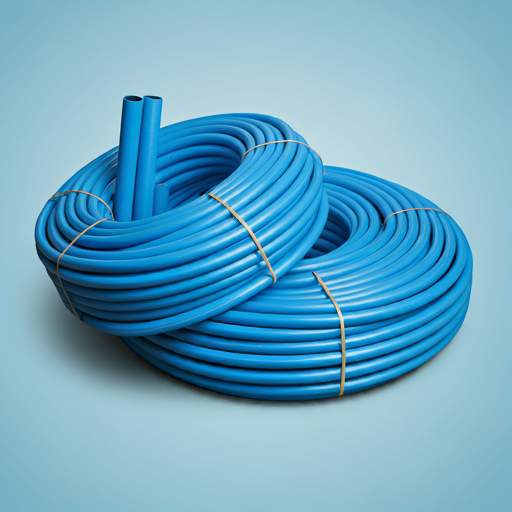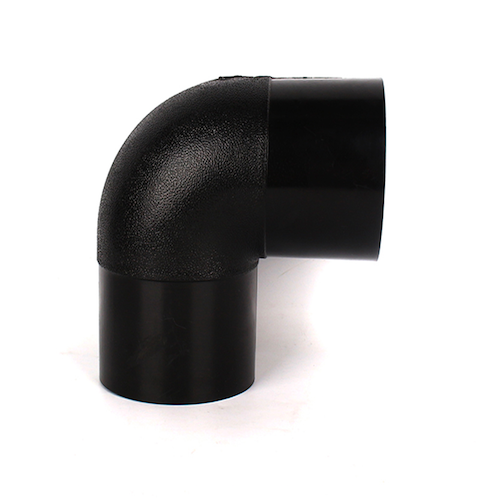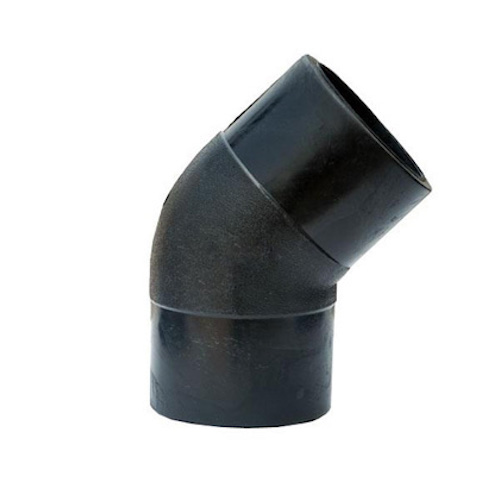MDPE pipes are typically installed to carry water from the main municipal supply to individual homes. The pipe is laid underground, running from the water main to the water meter and then into the property’s plumbing system. These pipes are available in a variety of diameters, depending on the water demand of the household and the distance from the main supply.
Available Sizes
1. 20 mm
2. 25 mm
3. 32 mm
Key Features of MDPE Pipes for House Service Connections
1. Durability: MDPE pipes are resistant to cracking, fatigue, and external stress, making them ideal for underground installation in various soil conditions.
2. Flexibility: Their flexibility allows them to bend and adapt to the terrain, reducing the need for multiple fittings and joints. This feature also makes them less prone to damage from ground movements or vibrations.
3. Corrosion Resistance: MDPE pipes do not corrode, unlike traditional metal pipes. This ensures that they maintain their integrity and do not degrade over time due to water quality or environmental factors.
4. Long Lifespan: MDPE pipes have a lifespan of over 50 years, providing a long-term solution for house service connections with minimal maintenance.
5. Lightweight: Being lightweight, MDPE pipes are easier to handle and transport, making installation quicker and more cost-effective.
6. Chemical Resistance: MDPE is resistant to a variety of chemicals, making it suitable for use in areas where the soil might contain contaminants that could degrade other types of pipes.
7. Smooth Inner Surface: The smooth inner surface of MDPE pipes reduces friction, ensuring efficient water flow and minimizing pressure loss in the system.
Installation Process
1. Trenching: A trench is dug from the water main to the house where the MDPE pipe will be laid. The depth of the trench varies based on local regulations but is typically deep enough to protect the pipe from freezing temperatures.
2. Fittings and Connections: MDPE pipes are joined using service saddle, mechanical compression fittings or electrofusion fittings. These ensure a leak-proof connection between the main supply and the house service line. Valves and water meters are also installed at appropriate points to control and measure the water flow.
3. Testing: Once the pipe is laid and connected, the system is tested for pressure and leaks to ensure proper installation before the trench is backfilled.



